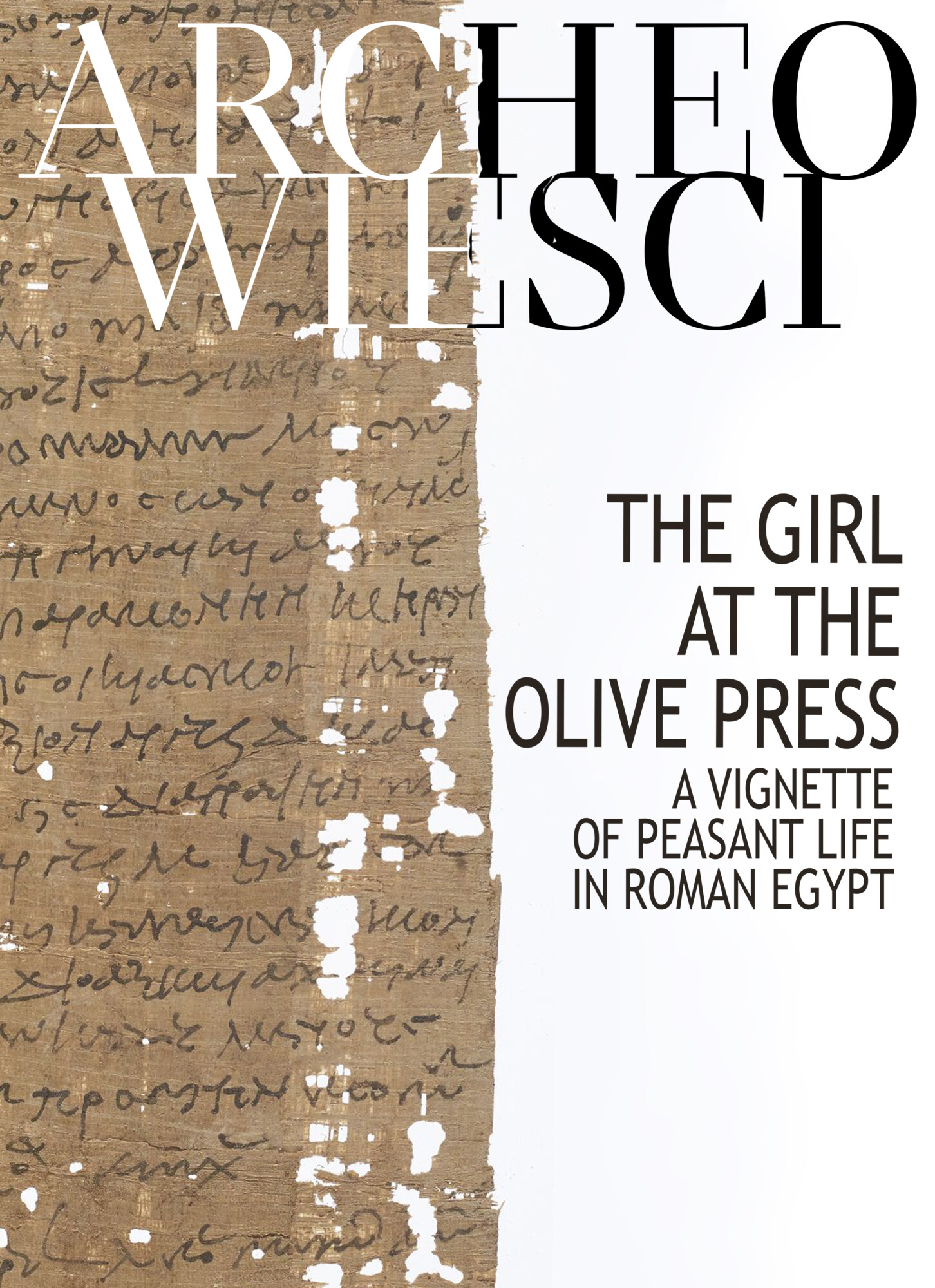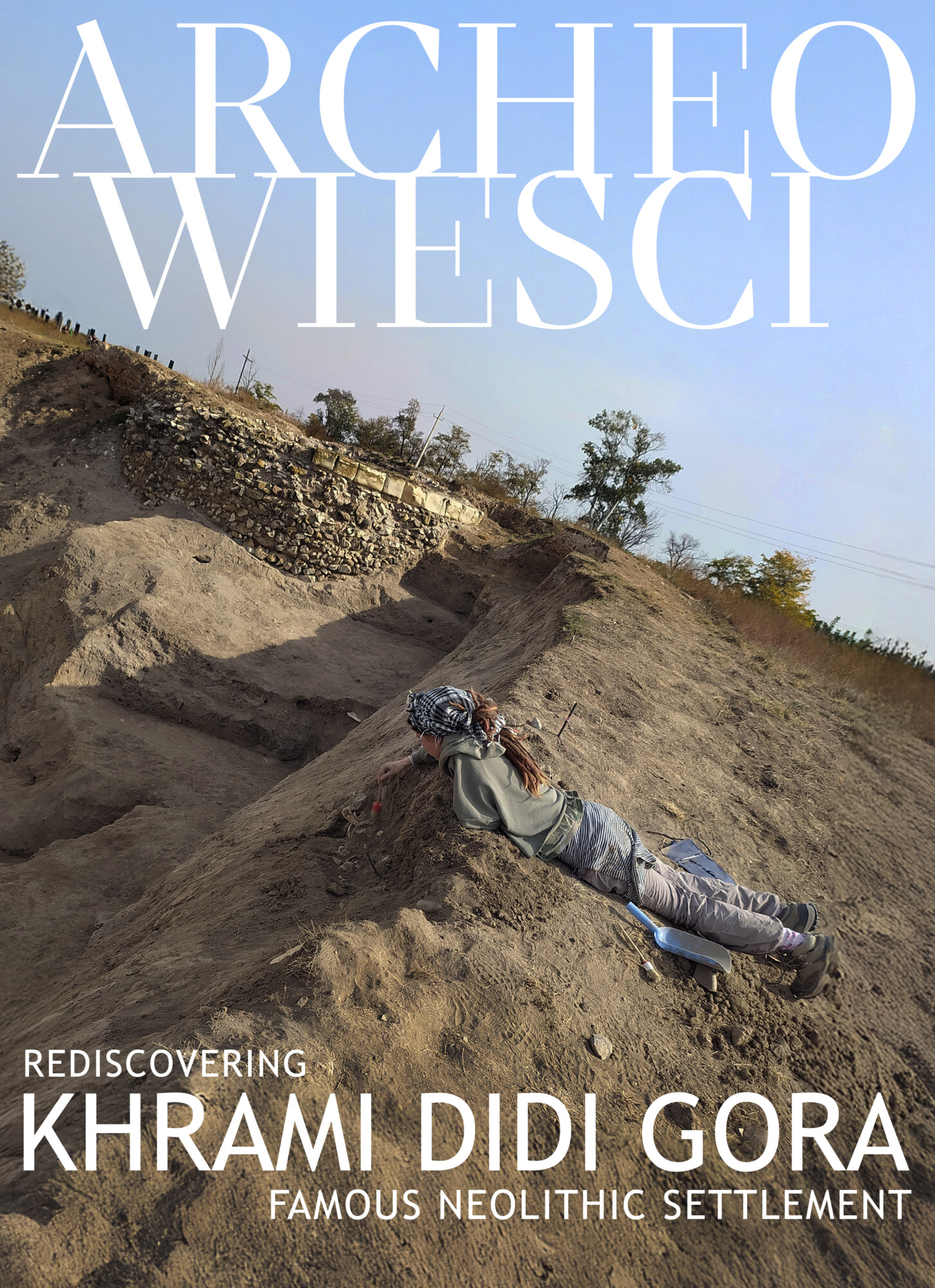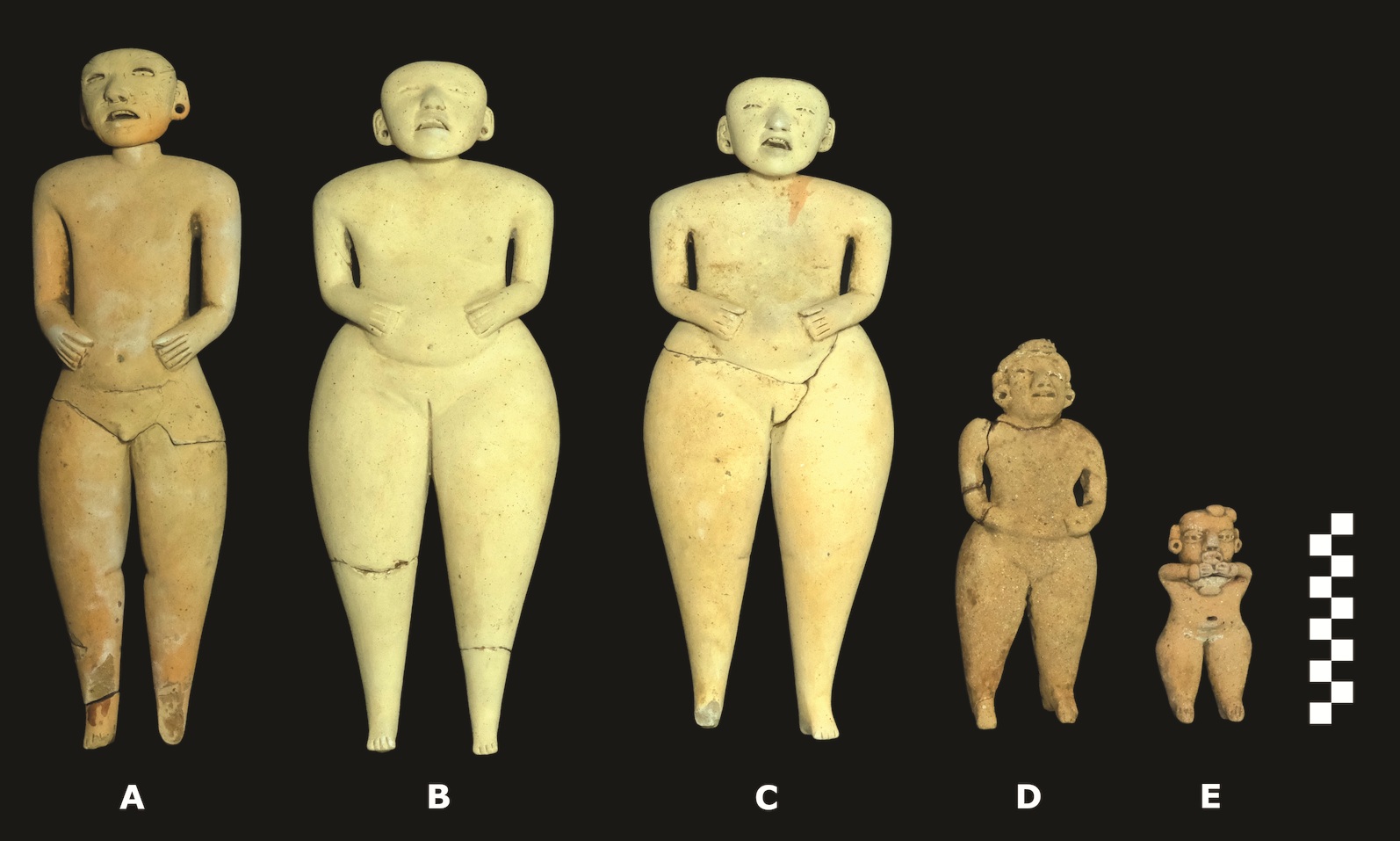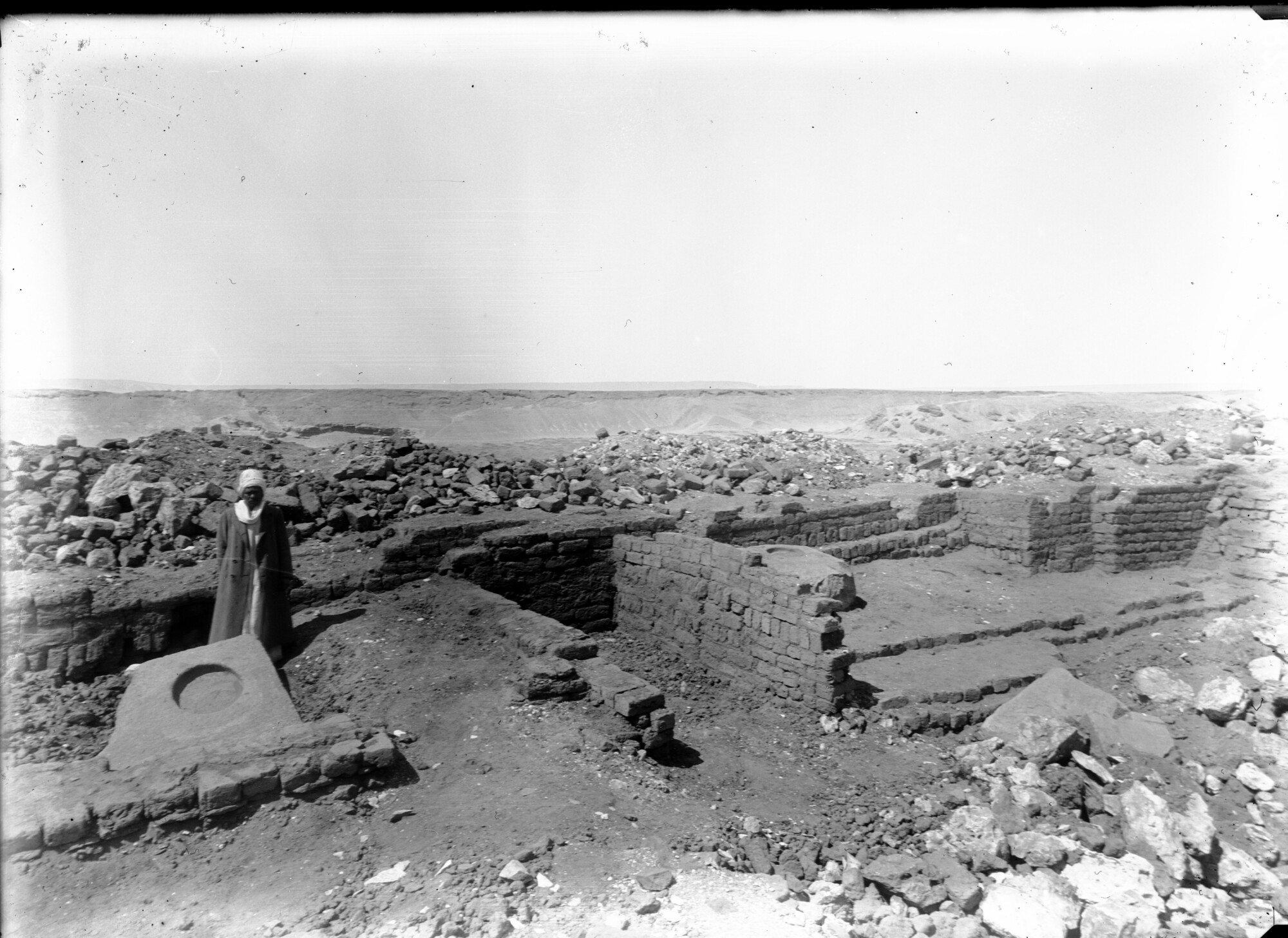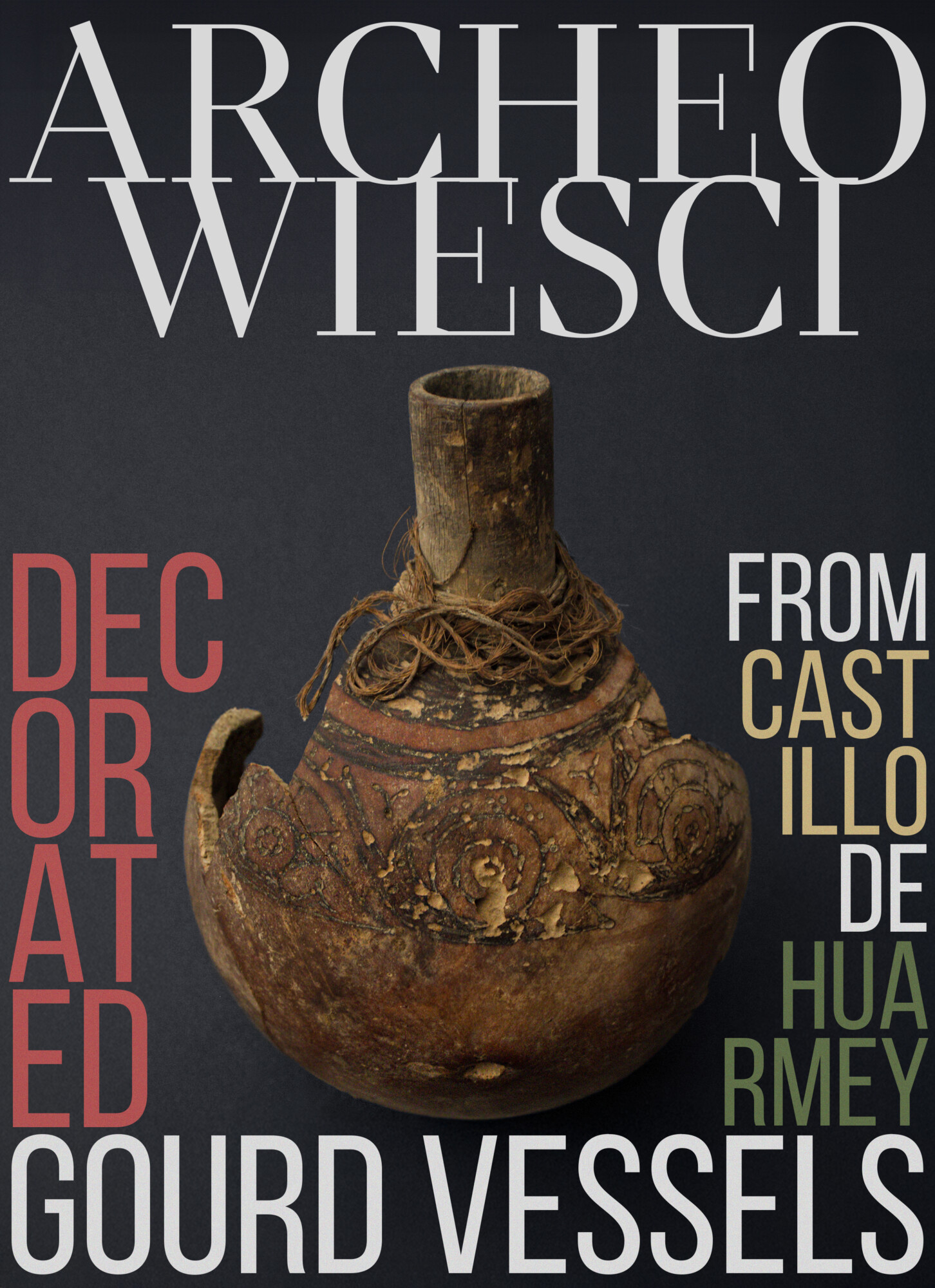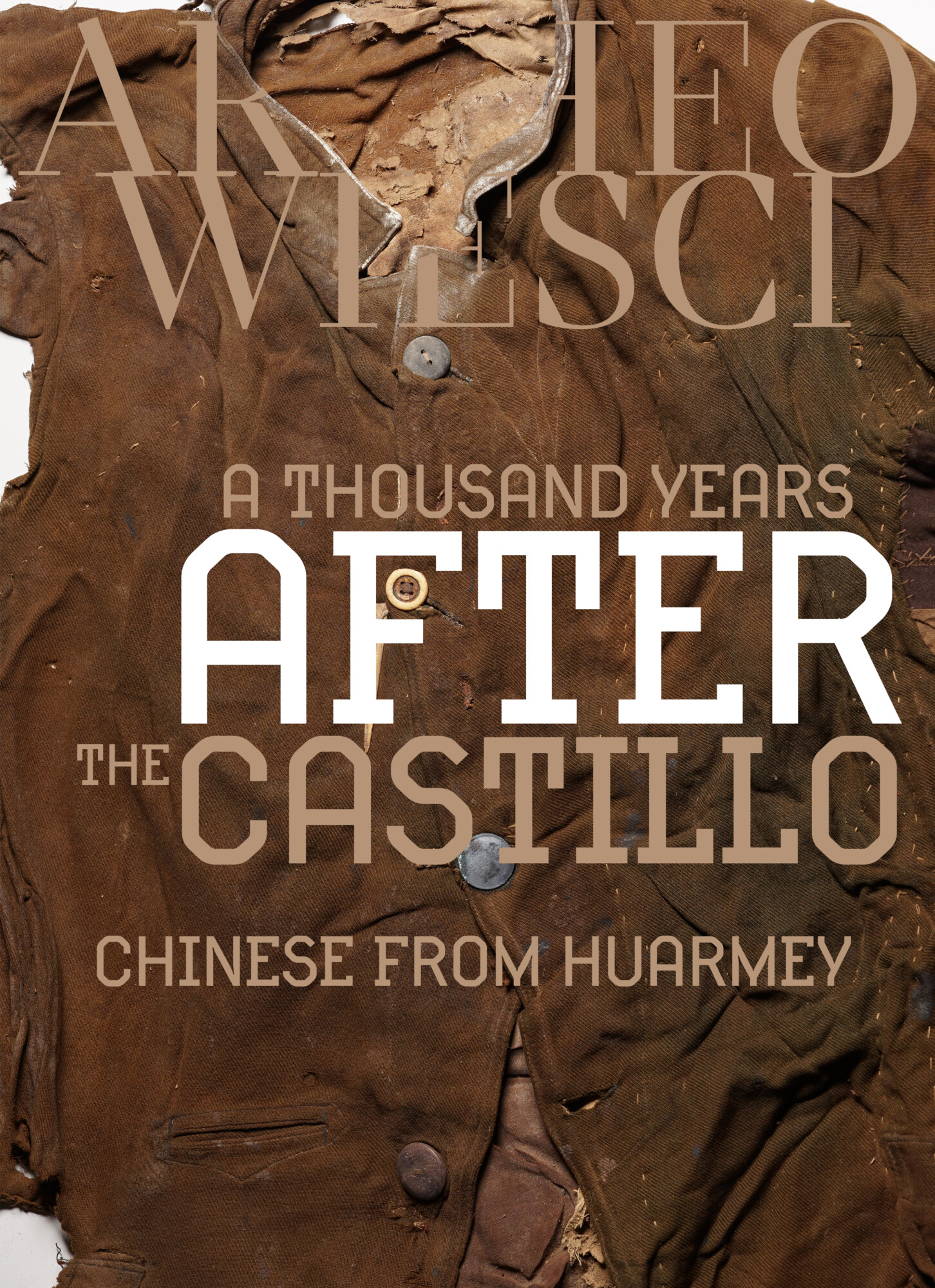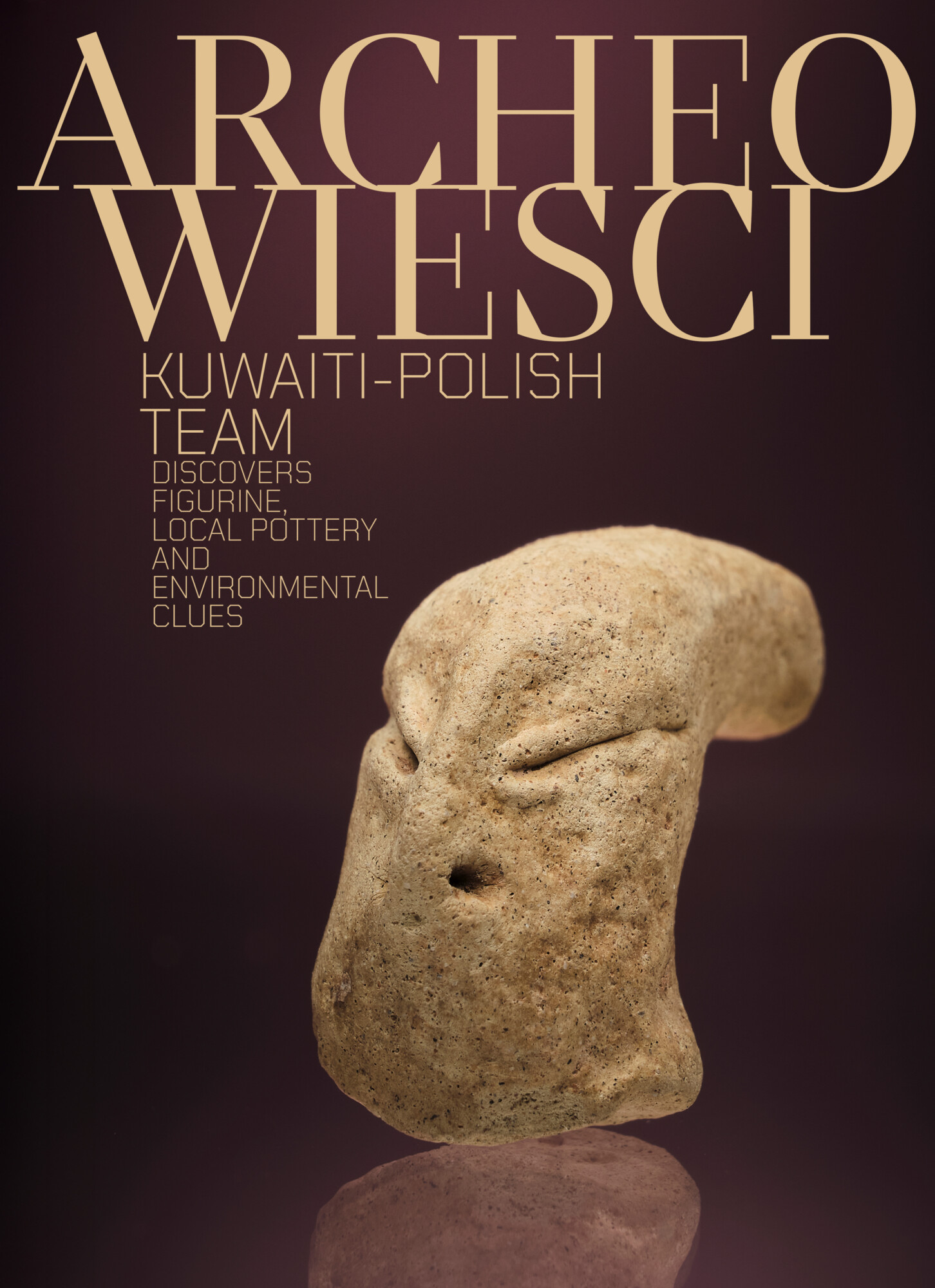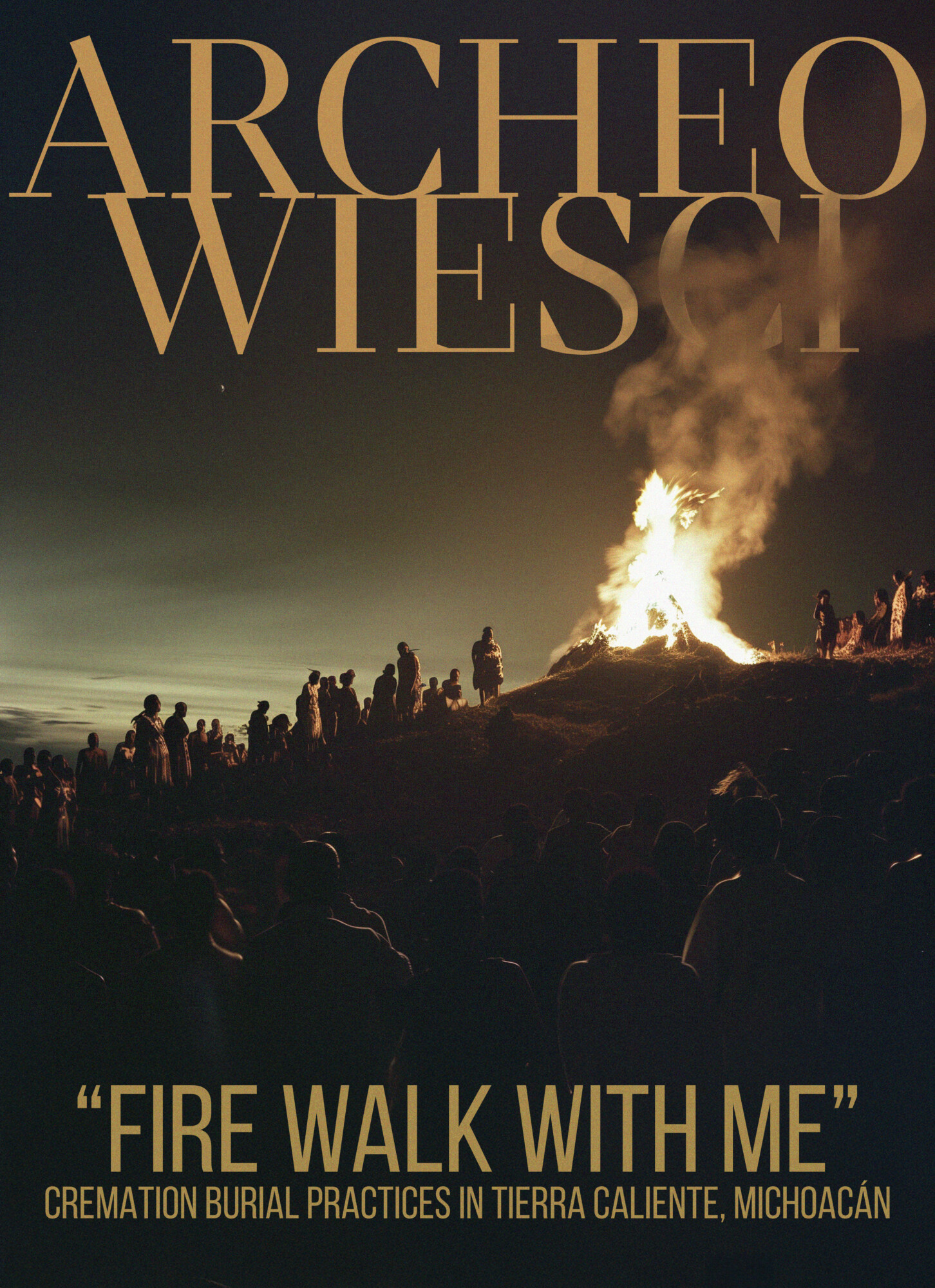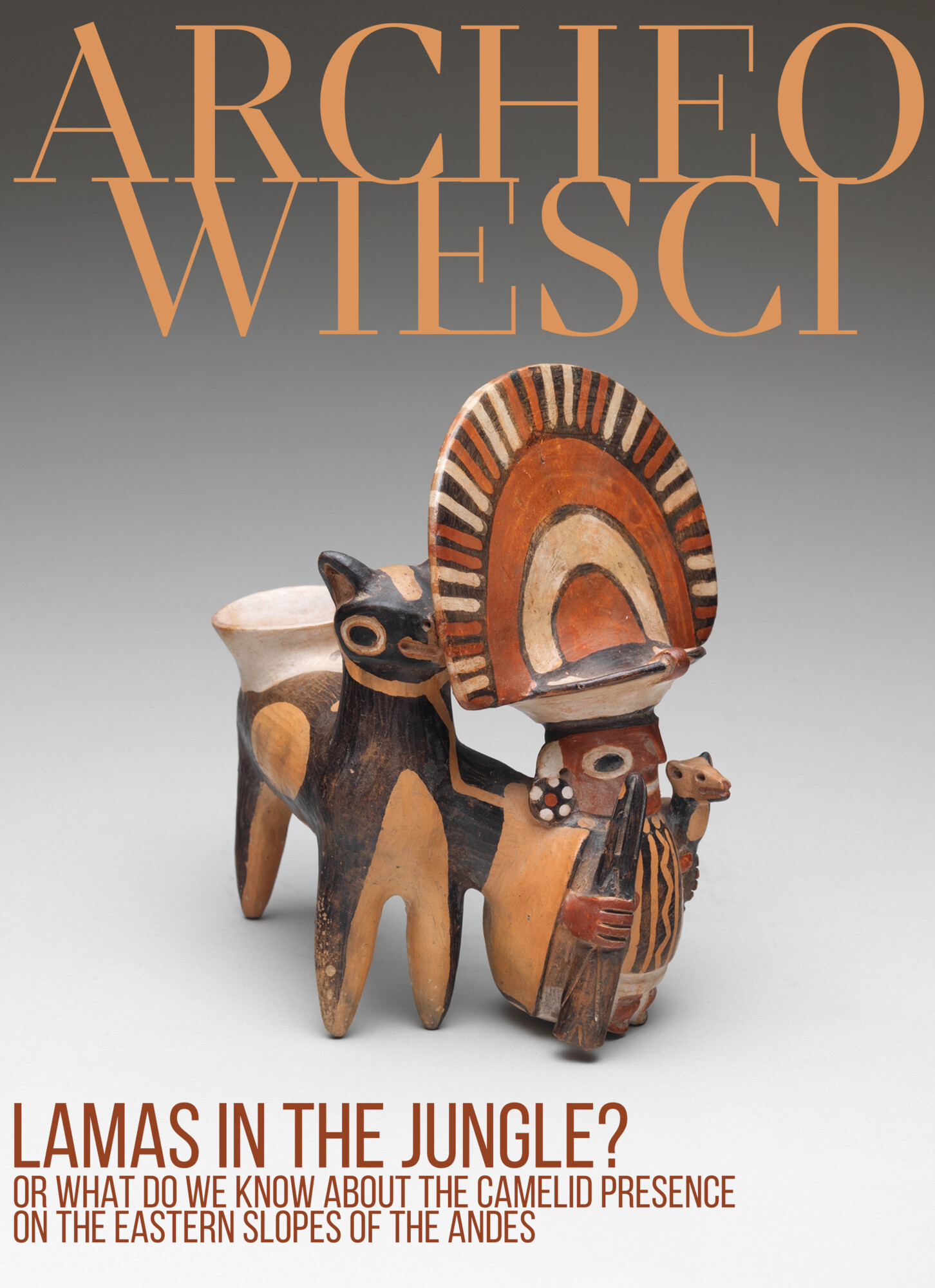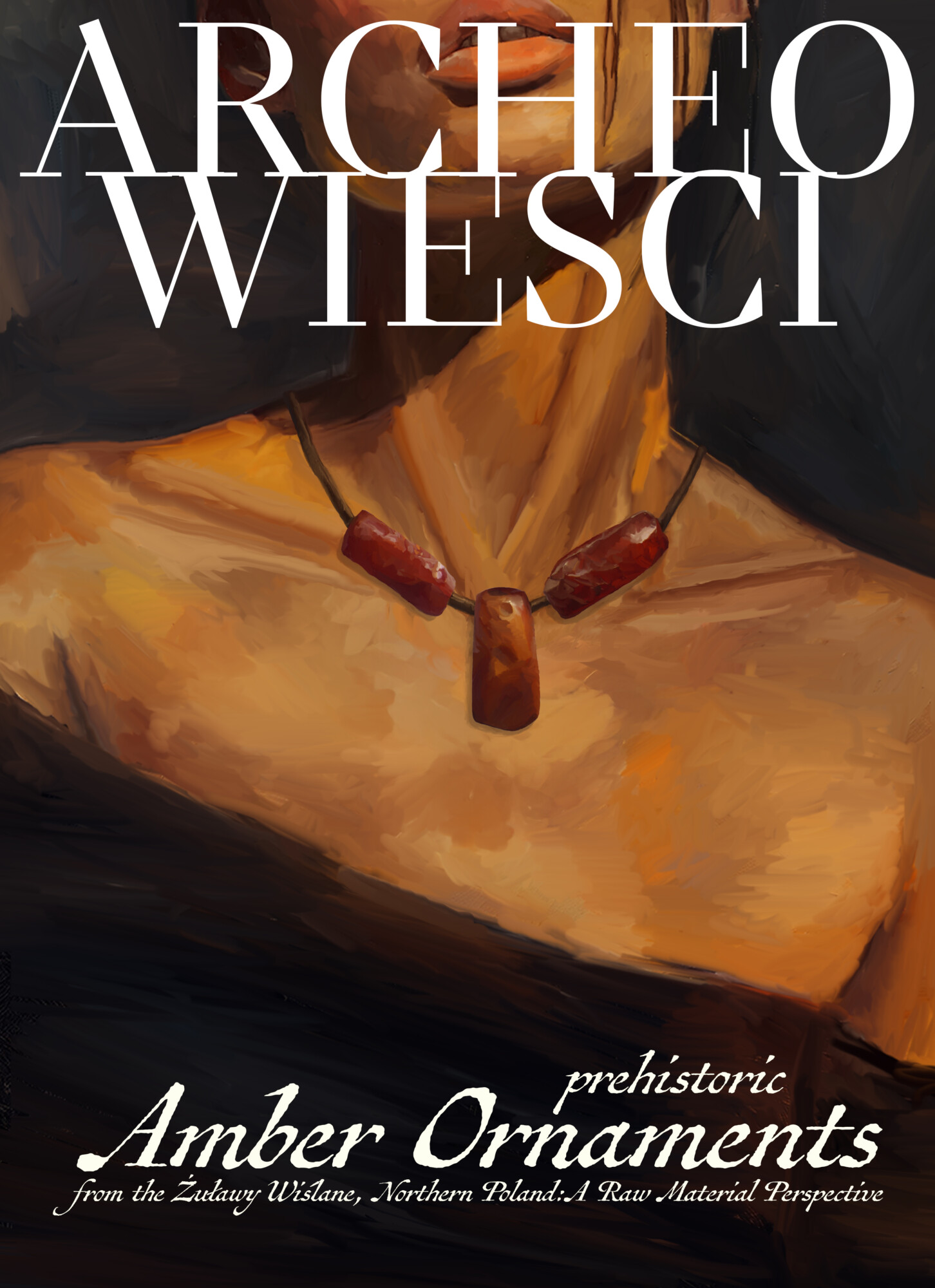
Because of its beauty and unique properties, amber has fascinated people for thousands of years. With the holiday season now officially underway and many of us likely to spend at least a moment on the marine coast, today’s article focuses on the role amber played among communities living in the particular area of northern Poland during the Late Neolithic period. We will explore how its selection – based on colour, transparency, and structure – reflected the aesthetic and technological preferences of prehistoric craftspeople and users. These observations will then be compared with contemporary Polish trends in jewellery, aiming to highlight some subtle analogies between the past and the present. Join us on this fascinating journey through time, aesthetics, and technique, which proves that the choice of amber was never accidental. The inspiration for this article comes from recent research on some of the products from an amber workshop that existed around 4,500 years ago in the Żuławy Wiślane region, published by researchers from the Faculty of Archaeology at the University of Warsaw and the Museum of Earth in Warsaw Polish Academy of Sciences, in the journal Praehistorische Zeitschrift.

